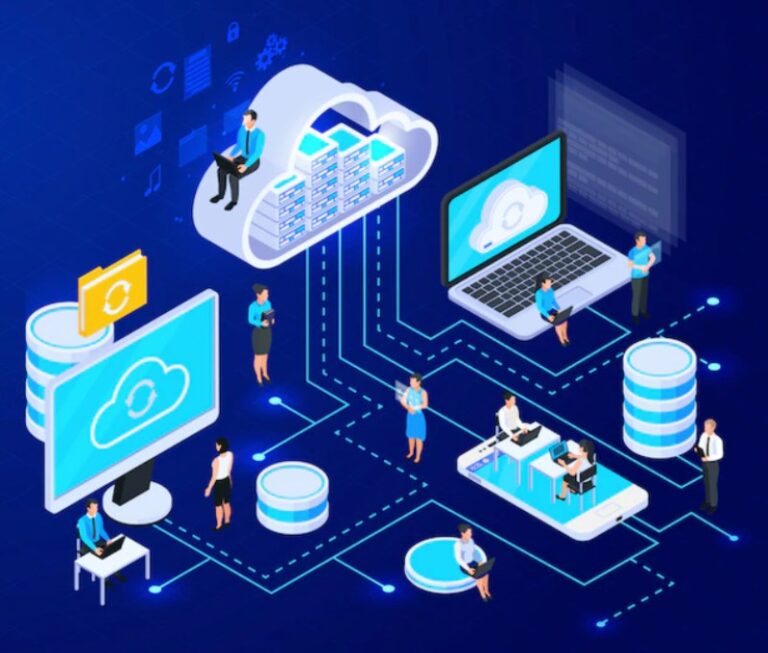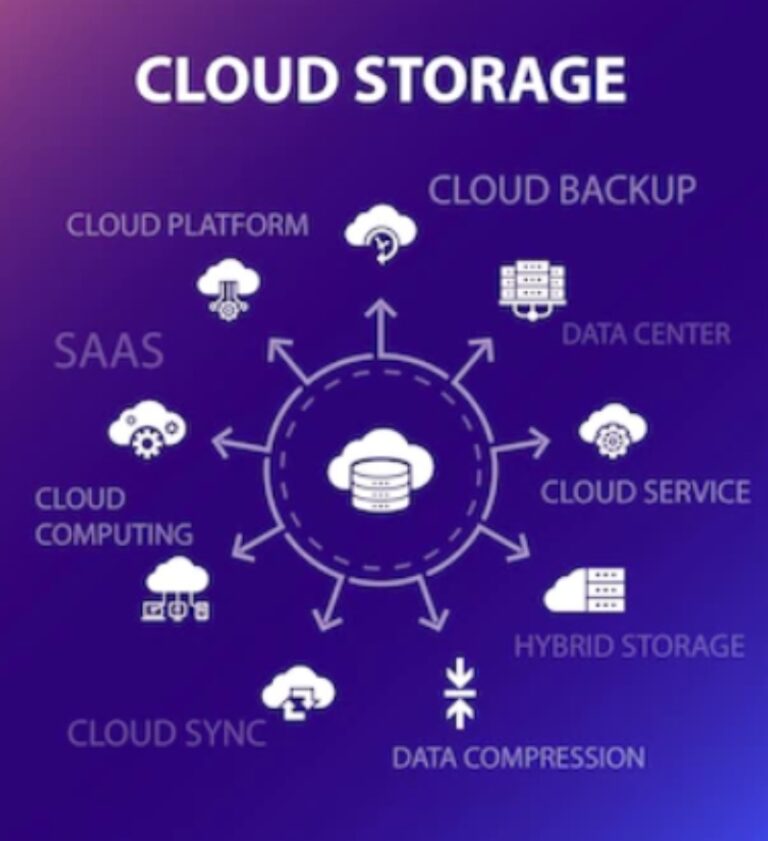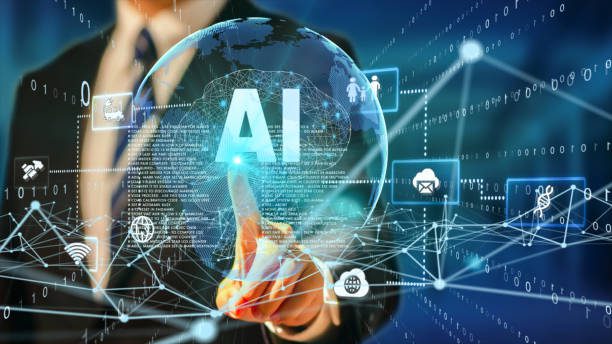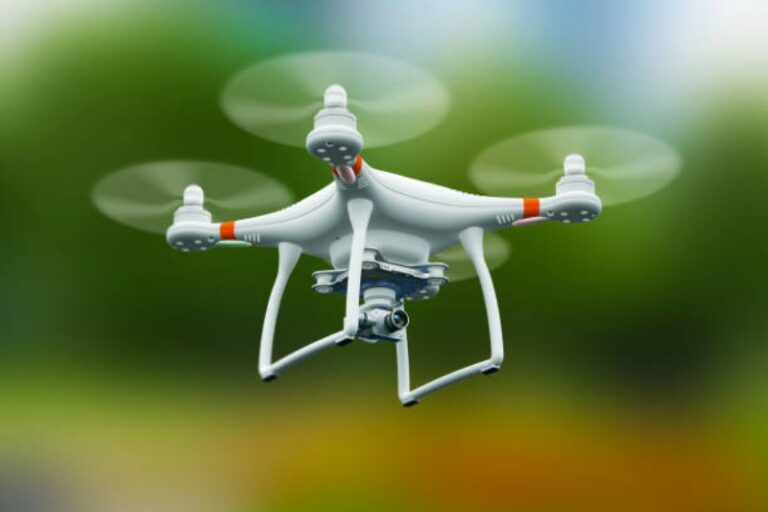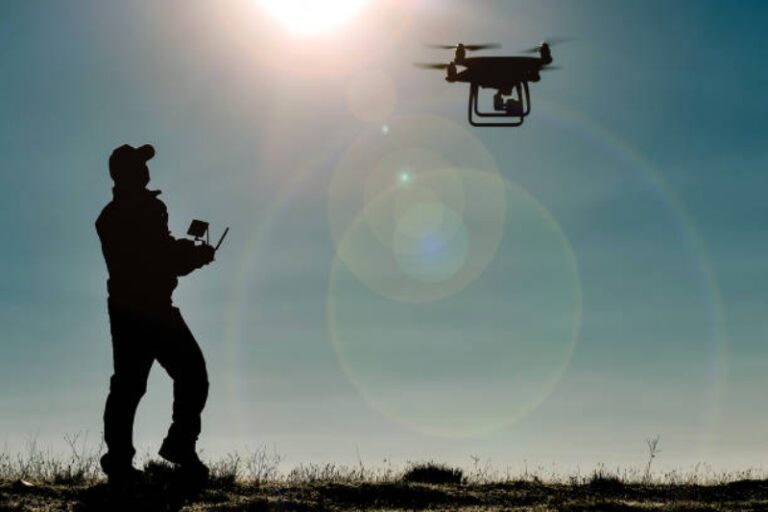Enhancing user experience and facilitating innovation with Edge Compute
Introduction#
Edge computing, which is appropriate for serverless apps and other new ways of computing, is becoming more popular among developers. Edge computation moves development services and data directly to end-users by locating the computing functionality on the network's perimeter instead of in a centralised centre [(Cao et al., 2020)]. Many businesses have centralised their operations within massive data centres as a result of cloud technology. But, emerging end-user experiences, such as the Internet of Things (IoT), necessitate service delivery nearer to the network's "edges," where actual objects reside.

What is Edge Compute?#
Edge computing is the process of operating programs at the network's edge instead of on centralised equipment in a data centre or the cloud [(Premsankar, Di Francesco and Taleb, 2018)]. Nowadays, this implies virtualized computing, while various kinds of edge computing have existed in the past. The word also encompasses the whole set of technology, resources, and procedures that enable the capacity. This involves having an edge runtime environment, a programmer platform that is aligned with edge computing, an edge code deployment method, and so on.
What is an Edge device?#
Edge devices are pieces of physical machine positioned at the network's edge that have sufficient storage, processing capabilities, and computational capabilities to gather data, analyse it, and operate on it in near real-time with only little assistance from other sections of the network [(Gomes et al., 2015)]. Edge devices required network access to enable back-and-forth connectivity between both the machine and a centralised server. The data is gathered and analysed at the edge device.
When is Edge Computing useful?#
Edge computing is an attractive computing solution for a wide range of applications. It is not, though, a substitute for data centres or the cloud. Instead, the edge is indeed an extra location for code to execute. When target customers could gain through edge computing, it represents the largest value. For several reasons, developers seek to place computing near the edge when an online platform demands the lowest feasible amount of delay, and executing application programs closer to the people will achieve this aim [(Satyanarayanan, 2017)].
What are the typical use cases of edge computing?#
Edge computing can supplement a hybrid computing architecture in situations where centralised computing is employed, such as:
- Computation-intensive workloads
- Data collection and storage
- Machine learning/artificial intelligence
- Vehicles that drive themselves
- Augmented and Virtual Reality
- Smart Cities
Edge computing could also aid in the resolution of issues at the source of data in real-time. In general, there is indeed a use case for edge computing if decreased delay and/or real-time surveillance can serve business objectives.
The Internet of Things (IoT) - There may be several network stages in getting and processing a response for an IoT device. The greater the computing capability accessible on the machine physically, or near this in the network, the greater the customer experience.
5G - 5G is a use case for edge computing that also supports additional edge use cases.
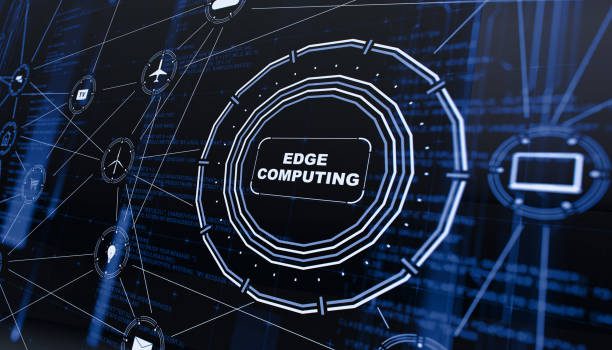
Mobile technologies - When concerns develop in mobile computing, issues frequently focus on delay and disruption of services. By lowering data transmission delays, it can assist solve for strict latency limitations.
Telecommunications - As network operators update their networks, workload, and operations are being moved from the network infrastructure (datacentres) to the network's edge: surrounding stations and main locations [(Moura and Hutchison, 2019)].
What are the benefits of Edge Compute?#
Edge computing has several benefits for programmers and developers. The key beneficial effect, which leads to better end-user experiences, is low latency, although it is far from the only one. Putting computation at the edge promotes innovation. It moves to control and trust choices to the edge, allowing for more real-time apps and experiences with little personal data transit. Edge computing allows programmers to "simply code" without having to handle the difficulties of procuring computing resources and distributing code just at the edge with the correct tooling [(Cao et al., 2020)].
Why do IoT and edge computing have to collaborate?#
IoT generates a tremendous volume of data, which must be handled and evaluated before use. Edge computing brings computer resources closer to the edge or source of data, including an IoT system. Edge computing is indeed a localized resource of storage and processing for IoT device information and processing requirements, reducing communication latency between IoT systems and the main IT network to which they are linked [(Ai, Peng and Zhang, 2018)].
Final Thought#
Edge computing is a valuable resource and technique in today's data centre. Many telecommunication businesses are prioritizing edge as they update their network and explore new revenue streams. Many network operators, in particular, are shifting workloads and services out from the network infrastructure (in cloud data centres) and toward the network's edge, to global locations and main offices.

